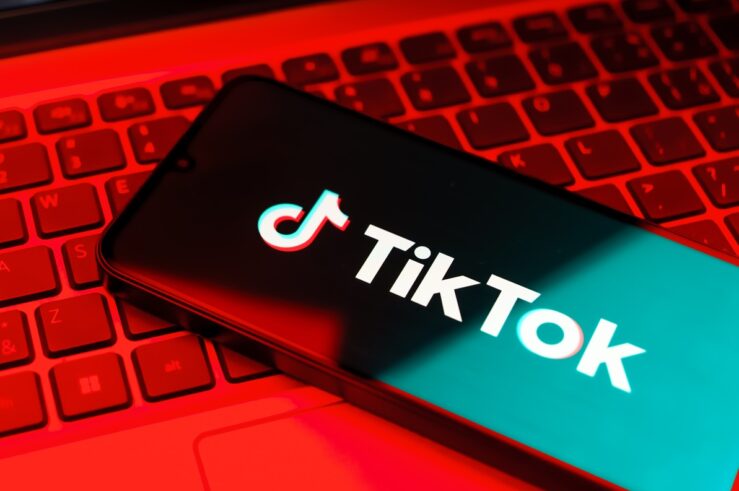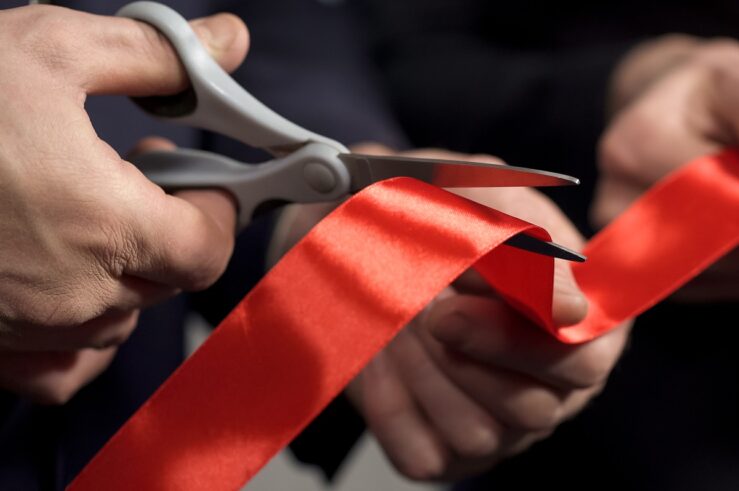
This article is a part of the The Law, Economics, and Policy of the COVID-19 Pandemic symposium.
One of the most visible economic effects of the COVID-19 spread is the decrease in airline customers. Alec Stapp alerted me to the recent outrage over “ghost flights,” where airlines fly nearly empty planes to maintain their “slots.”
The airline industry is unfortunately in economic freefall as governments prohibit and travelers pull back on air travel. When the health and industry crises pass, lawmakers will have an opportunity to evaluate the mistakes of the past when it comes to airport congestion and airspace design.
This issue of ghost flights pops up occasionally and offers a lesson in the problems with government rationing of public resources. In this case, the public resource are airport slots: designated times, say, 15 or 30 minutes, a plane may takeoff or land at an airport. (Last week US and EU regulators temporarily waived the use-it-or-lose it rule for slots to mitigate the embarrassing cost and environmental damage caused by forcing airlines to fly empty planes.)
The slots at major hubs at peak times of day are extremely scarce–there’s only so many hours in a day. Today, slot assignment are administratively rationed in a way that favors large, incumbent airlines. As the Wall Street Journal summarized last year,
For decades, airlines have largely divided runway access between themselves at twice-yearly meetings run by the IATA (an airline trade group).
Airport slots are property. They’re valuable. They can be defined, partitioned, leased, put up as collateral, and, in the US, they can be sold and transferred within or between airports.
You just can’t call slots property. Many lawmakers, regulators, and airline representatives refuse to acknowledge the obvious. Stating that slots are valuable public property would make clear the anticompetitive waste that the 40-year slot assignment experiment generates.
Like many government programs, the slot rationing began in the US as a temporary program decades ago as a response to congestion at New York airports. Slots are currently used to ration access at LGA, JFK, and DCA. And while they don’t use formal slot rationing, the FAA also rations access at four other busy airports: ORD, Newark, LAX, and SFO.
Fortunately, cracks are starting to form. In 2008, at the tailend of the Bush administration, the FAA proposed to auction some slots in New York City’s three airports. The plan was delayed by litigation from incumbent airlines and an adverse finding from the GAO. With a change in administration, the Obama FAA rescinded the plan in 2009.
Before the Obama FAA recission, the mask slipped a bit in the GAO’s criticism of the slot auction plan:
FAA’s argument that slots are property proves too much—it suggests that the agency has been improperly giving away potentially millions of dollars of federal property, for no compensation, since it created the slot system in 1968.
Gulp.
Though the GAO helped scuttle the plan, the damage has been done. The idea has now entered public policy discourse: giving away valuable public property is precisely what’s going on.
The implicit was made explicit in 2011 when, despite spiking the Bush FAA plan, the Obama FAA auctioned two dozen high-value slots. (The reversal and lack of controversy is puzzling to me.) Delta and US Airways wanted to swap some 160 slots at New York and DC airports. As a condition of the mega-swap, the Obama FAA required they divest 24 slots at those popular airports, which the agency auctioned to new entrants. Seven low-fare airlines bid in the auction and Jetblue and WestJet won the divested slots, paying about $90 million combined.
The older fictions are rapidly eroding. There is an active secondary market in slots in some nations and when prices are released it becomes clear that the legacy rationing amounts to public property setasides to insiders. In 2016 it leaked, for instance, that an airline paid £58 million for a pair of take-off and landing slots at Heathrow. Other slot sales are in the tens of millions of dollars.
The 2011 FAA auctions and the loosening of rules globally around slot sales signal that the competition benefits from slot markets are too obvious to ignore. Competition from new entry drives down airfare and increases the number of flights.
For instance, a few months ago researchers used a booking app to scour 50 trillion flight itineraries to see new entrants’ effect on airline ticket prices between 2017 and 2019. As the Wall Street Journal reported, the entry of a low-fare carrier reduced ticket prices by 17% on average. The bigger effect was on output–new entry led to a 30% YoY increase in flights.
It’s becoming harder to justify the legacy view, which allow incumbent airlines to dominate the slot allocations via international conferences and national regulations that require “grandfather” slot usage. In a separate article last year, the Wall Street Journal reported that airlines are reluctantly ceding more power to airports in the assignment of slots. This is another signal in the long-running tug-of-war between airports and airlines. Airports generally want to open slots for new competitors–incumbent airlines do not.
The reason for the change of heart? The Journal says,
Airlines and airports reached the deal in part because of concerns governments should start to sell slots.
Gulp. Ghost flights are a government failure but a rational response to governments withholding the benefits of property from airlines. The slot rationing system encourages flying uneconomical flights, smaller planes, and excess carbon emissions. The COVID-19 crisis allowed the public a glimpse at the dysfunctional system. It won’t be easy, but aviation regulators worldwide need to assess slots policy and airspace access before the administrative rationing system spreads to the emerging urban air mobility and drone delivery markets.




